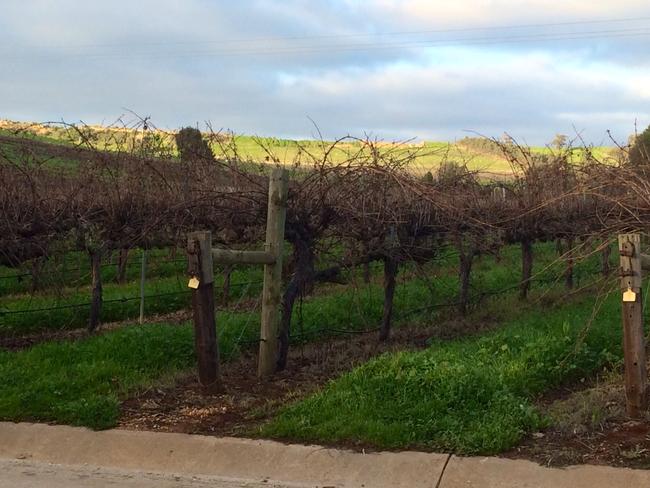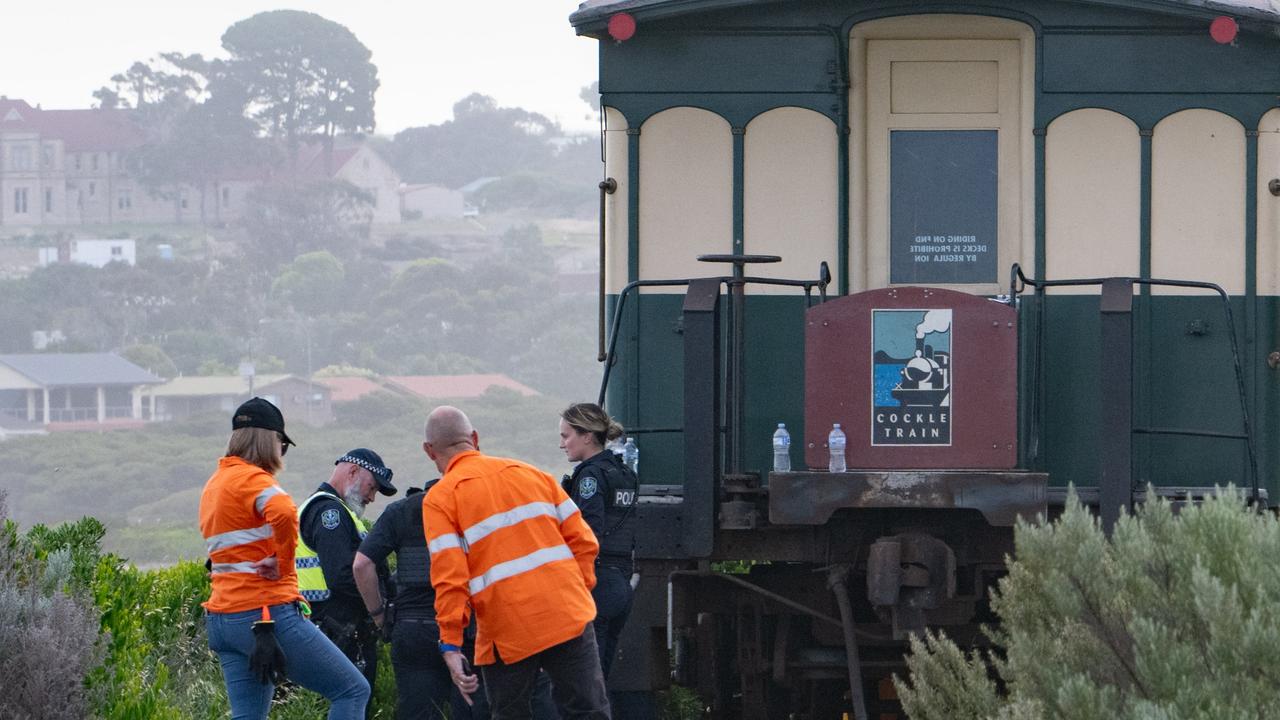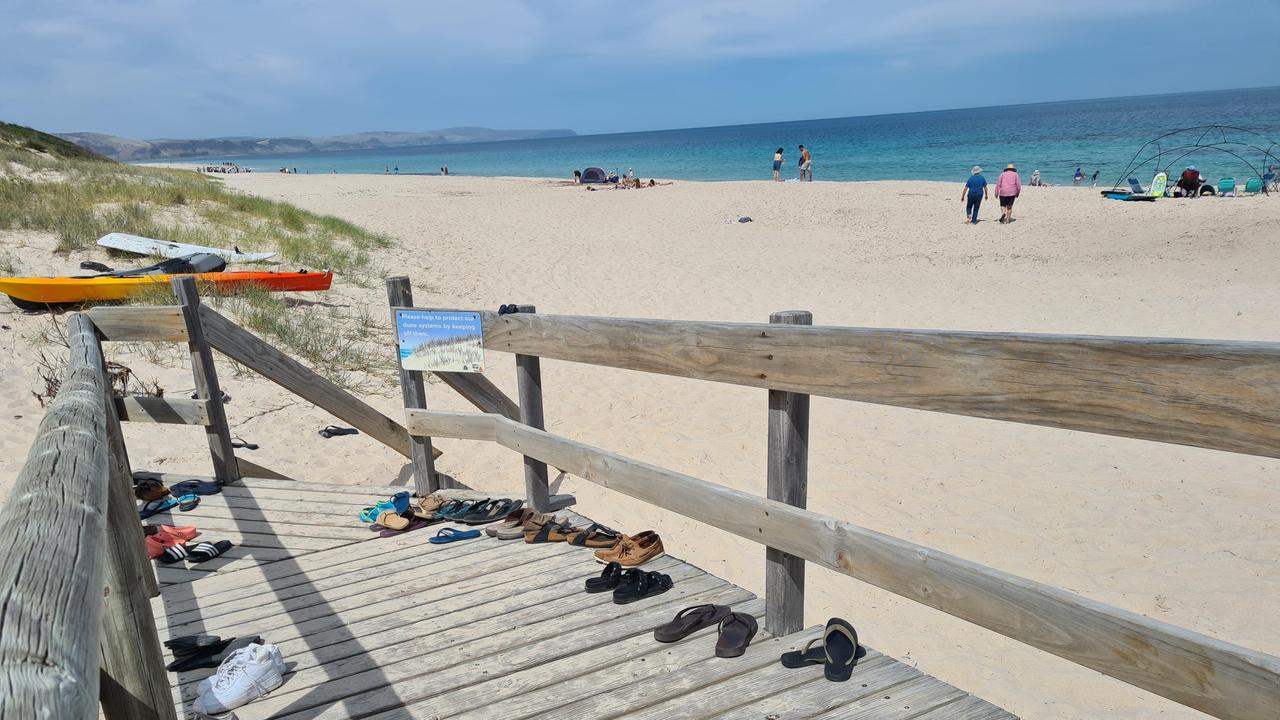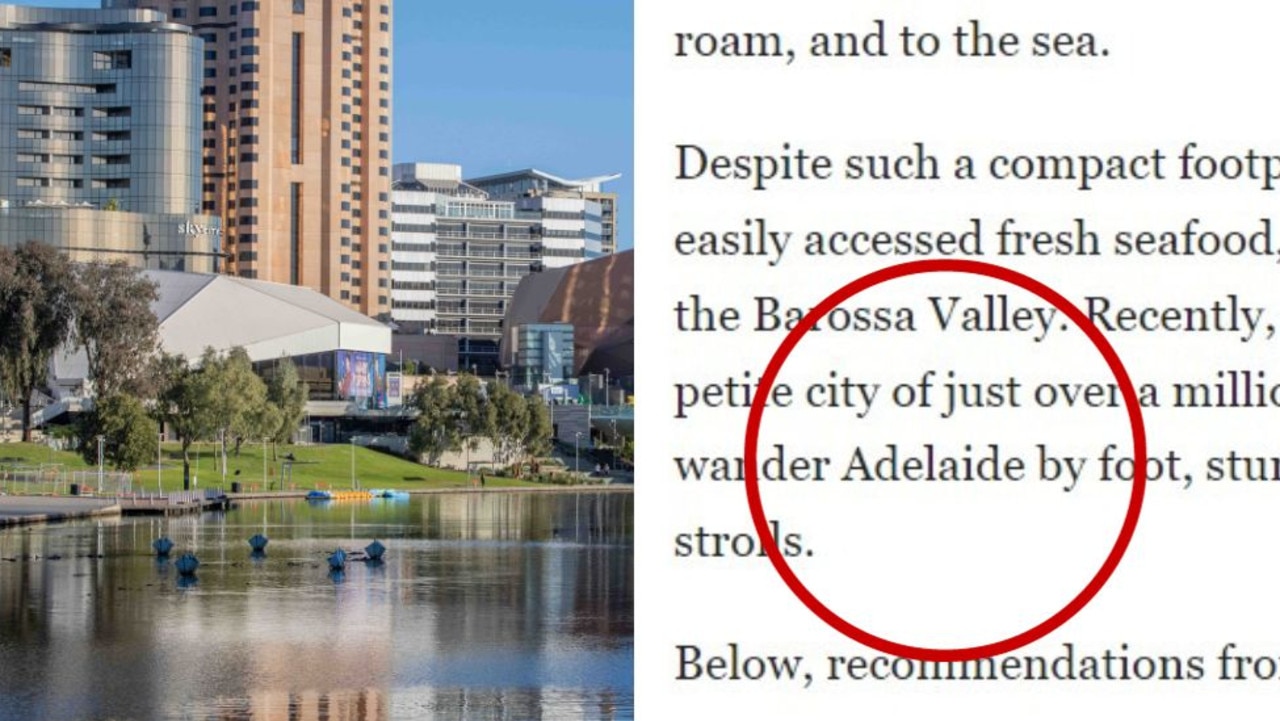Inside the creepy crypt that’s the final resting place of Jesuit Brother George Sadler
AT FIRST glance, it’s hard to tell it has a tragic history. Standing tall, this majestic church is a popular tourist icon, but its underground crypt is something else.
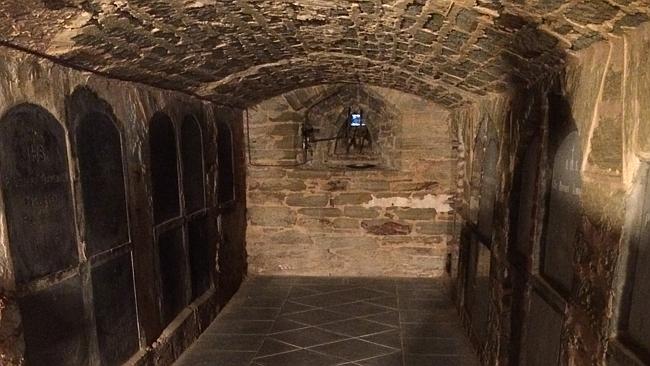
AT FIRST glance, it’s hard to tell that the idyllic St Aloysius’ Church has a deadly and tragic past.
Surrounded by lush surrounds and some of the oldest vines in South Australia’s Clare Valley, historic Sevenhill is a haven for spiritualists, tourists and wine lovers.
But St Aloysius’ Church, completed in 1875, is special for another reason — its crypt — which is the final resting place of 41 Jesuits.
One of those 41 Jesuits is Brother George Sadler, who was killed during the construction of the crypt in 1865 when he was struck by a stone while blasting in a nearby quarry for building materials.
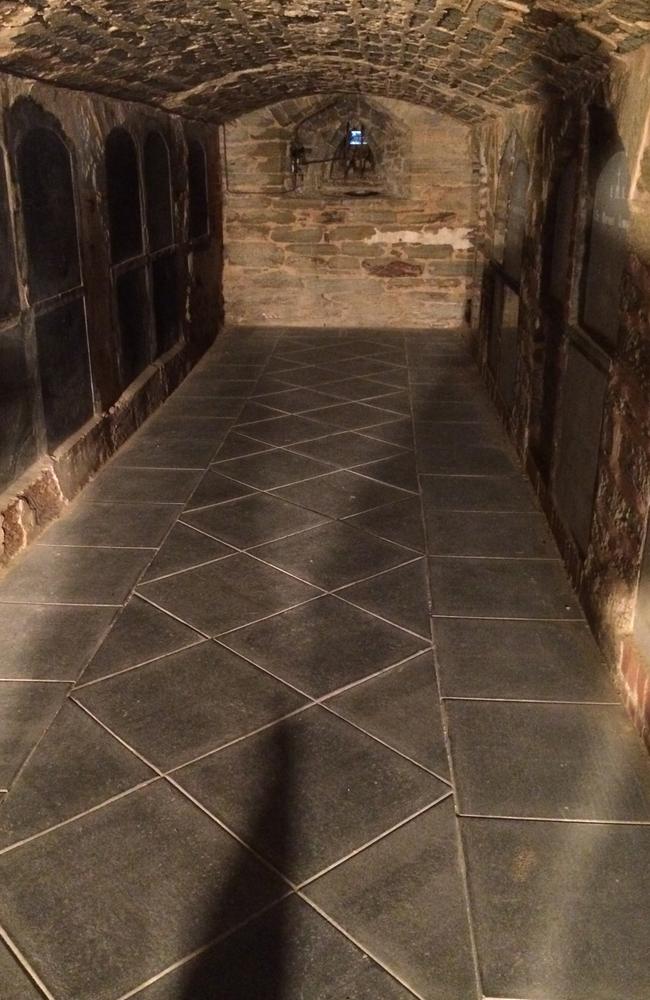
St Aloysius’ is the only parish church in Australia to feature a crypt of this kind. And since 1901, only those who have died at Sevenhill are buried here.
While the thought of walking inside a crypt may sound creepy to some, more than 40,000 people visit the site each year.
According to Sevenhill’s Jesuit Winemaker Emeritus, Brother John May, SJ, the site and surrounds were so popular, tours took place most days.
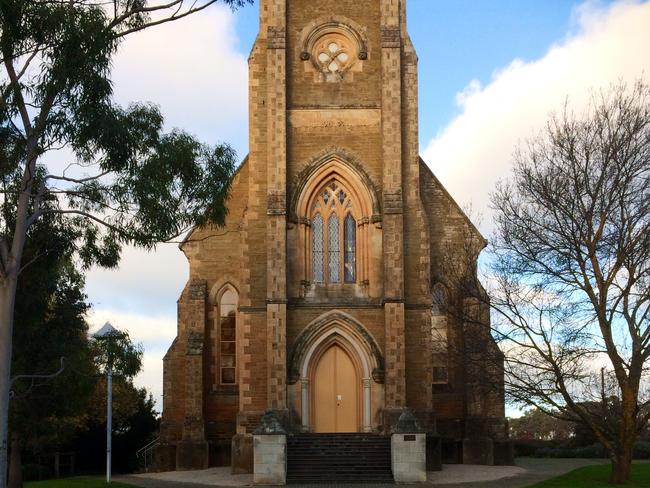
“Thousands come just to visit the church alone,” Father John told news.com.au.
“It is a tourist attraction, there are not many parish churches of this size and magnitude in the country.
“And the crypt is very unique in that it was built in the Polish/Austrian tradition.”
Established by the Society of Jesus (Jesuits) in 1851, Sevenhill Cellars is not only the oldest winery in the Clare Valley but the only Jesuit-owned winery in Australia.
The Jesuits arrived in the Clare valley in 1848 from Europe, but moved to Sevenhill in December 1851.
St Aloysius’ college opened in 1856 and the church was completed in 1875 without the transept and tower.
Along with the historic winery, cellar door and St Aloysius’ Church, the grounds also encompass a sandstone quarry, cemetery, shrine and college.

So how did a group of priests who flocked to South Australia to escape religious persecution end up producing wine?
The vines were planted to produce altar wine, of course.
But what started as a sacramental drink has grown into a popular tourist drawcard, with 75ha of vines now on the property.
